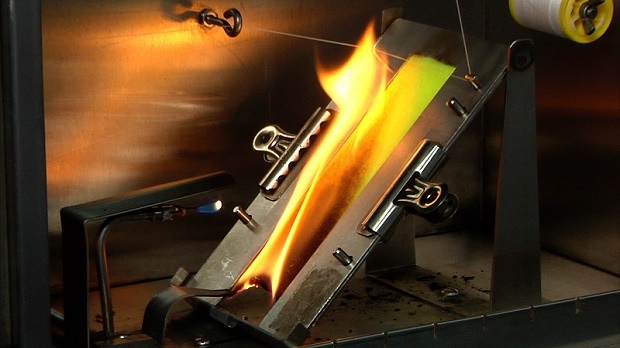- Qinsun Instruments Co., Ltd.
- Tell:+86-21-6780 0179
- Phone:+86-17740808215
- Address:No. 2578 Minhang District Gu Dai Road, Shanghai
- Contact:Mr. Li
- QQ:846490659
Exploration of Flammability of Plastics

Plastics have become ubiquitous in our daily lives. From water bottles, food containers, toys, household appliances, and even car parts, plastics are utilized in nearly every industry. However, one of the main concerns when it comes to plastic is its flammability. The flammability of plastics refers to the ability of a plastic to burn or ignite when exposed to heat or flames.
Most plastics are derived from petroleum or natural gas, which are flammable resources. Additionally, plastics often contain additives that can further increase their flammability. Some of the factors that affect the flammability of plastics include the chemical structure, thickness, and shape of the material, as well as the presence of any additives.
When a plastic is exposed to heat or flames, it can undergo several changes depending on the plastic type, temperature, and duration of exposure. Some plastics melt and drip, while others ignite and burn rapidly. An example of a plastic that is highly flammable is polyurethane foam, which is commonly used in furniture, bedding, and insulation. When polyurethane foam is exposed to heat or flames, it can ignite and burn rapidly, releasing toxic smoke and gases.
The flammability of plastics is a serious safety concern that must be taken into account when designing products and infrastructure. In fact, flammable plastics have been the cause of numerous fires and explosions, resulting in serious injuries and property damage. The regulations and testing procedures for flammability are established by various organizations, including the International Organization for Standardization (ISO) and the National Fire Protection Association (NFPA).
To reduce the risk of fires and injuries caused by flammable plastics, there are several measures that can be taken. For example, product designers can choose less flammable materials or add flame-retardant additives to the plastic. Additionally, fire suppression systems can be installed in public places, and individuals can take precautions such as avoiding smoking near flammable plastics, keeping flammable materials away from heat sources, and being aware of fire exits in buildings.
In conclusion, the flammability of plastics is an important consideration that must be taken into account in many industries. Understanding the factors that affect the flammability of plastics can help reduce the risk of fires and explosions and promote safety for all. By implementing appropriate measures, we can continue to enjoy the benefits of plastic while minimizing the risks.





